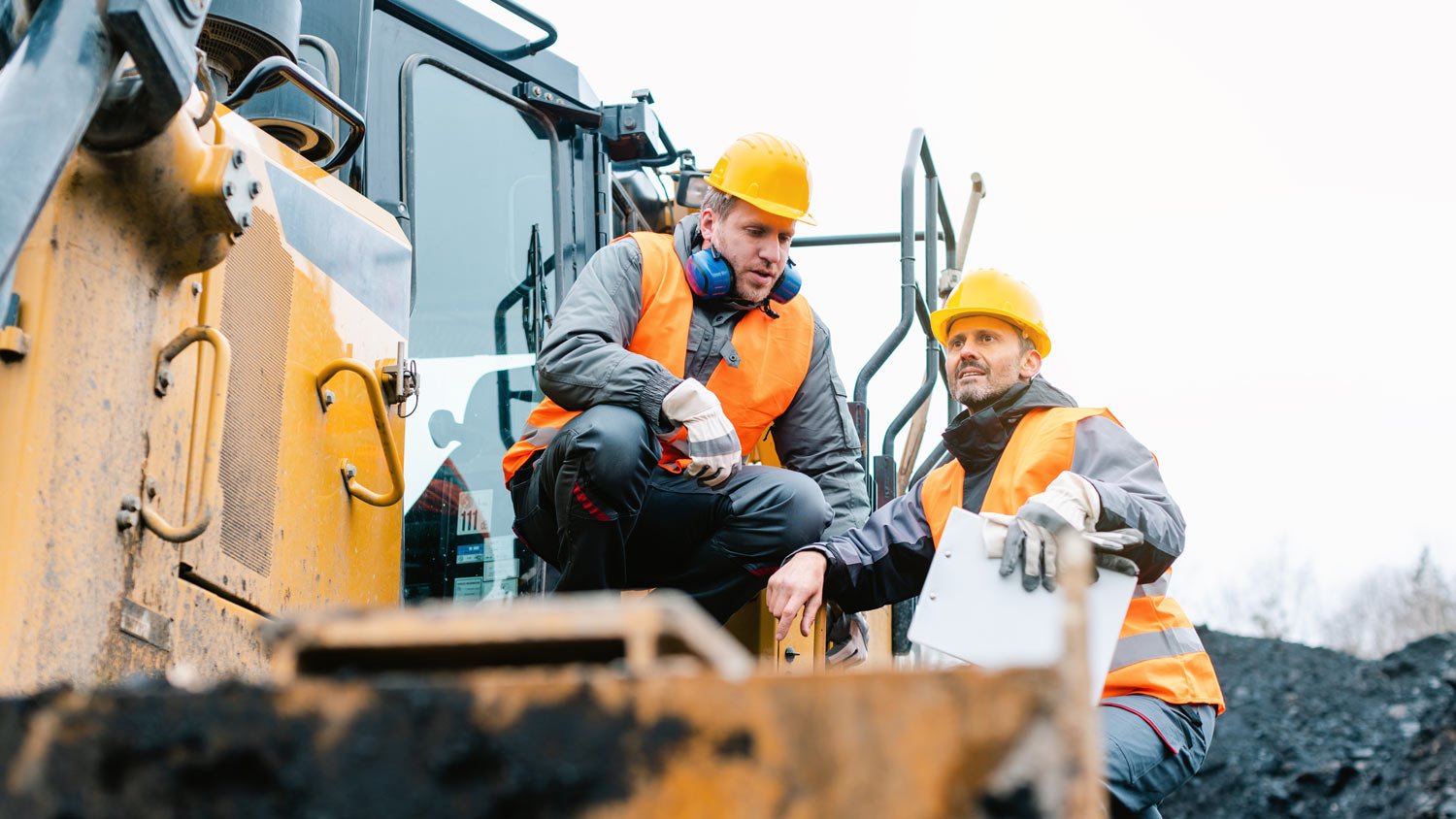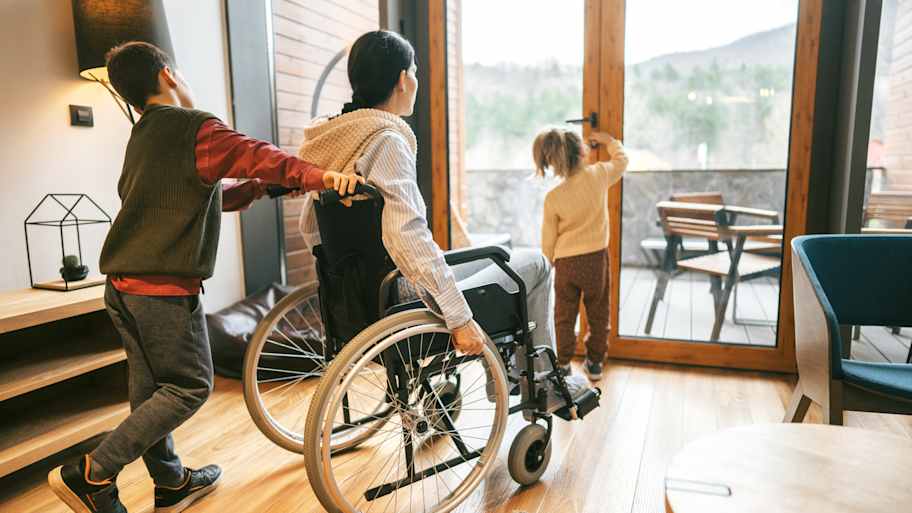
Sometimes it’s best to start fresh with a new garage, and that starts with tearing down the old one. Learn how much it will cost to demolish your garage.
These cold weather safety tips are un-brr-lievably helpful for outdoor workers


As the temperatures begin to plummet, it’s time to start thinking about the best ways to stay safe when working in cold weather. Long hours in frigid conditions and high wind speeds come with serious risks like hypothermia, frostbite, and cold stress.
But these cold weather safety tips for outdoor workers will help you stay safe on even the chilliest of days. Here’s what you and your team need to know before heading out into the cold.
During the winter months, outdoor workers should always be fitted with plenty of layers of clothing. At least three layers of loose-fitting clothing is a smart rule to follow in most circumstances. If your company is responsible for supplying employees with a uniform, make sure that includes proper protective clothing for cold weather. This includes things like insulated gloves and waterproof boots, as well as anything else that’s specific to your industry.
Staying dry is of the utmost importance when the air temperature is below freezing because exposure to moisture in cold weather can lead to the development of frostbite. Always pack an extra set of clothes (and keep it in your truck or work vehicle) so you always have something dry to change into if needed.
Even though drinking water might be the last thing on your mind when you’re shivering, hydrating is just as important in cold weather as it is in hot weather. You won’t stop sweating just because there’s snow on the ground. Hard work leads to perspiration even in winter, which is why it’s essential you have water access no matter the time of year.
Nothing will reheat you faster than hot drinks, which is why keeping warm beverages on hand is our next cold weather safety tip for outdoor workers. But not every working location will necessarily have a kettle—or even electricity for that matter.
Fill up a vacuum-insulated, stainless steel thermos with hot chocolate, tea, or coffee before you leave for the day so you have a warm beverage to sip on throughout the day.

Because working in cold weather comes with additional risks, employees should never be sent to a job completely alone. Working in a team will enable you to keep an eye on your buddy and vice versa in case either of you exhibits signs of cold weather stress.
Our next cold weather safety tip is to take frequent breaks so you stay warm on outdoor jobs during cold weather. You should take breaks in warm, dry spaces so you’re actually able to reheat and recuperate before having to head back out. The lower the temperatures are outside, the more frequent the breaks will need to be.
To get your company vehicle ready for the snow, slush, and high wind speeds of winter weather, have a professional mechanic check out your tires, batteries, engines, and fluid levels beforehand. Additionally, pack a cold weather safety kit and thick blanket in the trunk in case of accidents or emergencies.
Your cold weather safety kit for outdoor workers should always include the following:
Flashlight
Battery-powered weather radio
Extra food and water
Medicine
First-aid supplies
Emergency heating source (like a space heater)
Blankets and sleeping bags
Shovel
Knife
Tool kit
Booster cables
Compass and road maps
Thermometer
Our final cold weather safety tip for outdoor workers is a crucial one that could save your life. Knowing the symptoms of cold stress will make it easier to identify when you or a teammate is experiencing frostbite or hypothermia.
Hypothermia is a condition that causes the body to lose heat faster than it’s produced. It’s caused by extended exposure to cold temperatures.
The symptoms include:
Shivering
Exhaustion
Confusion
Fumbling hands
Memory loss
Slurred speech
Drowsiness
If you or a teammate is experiencing any of these symptoms, follow this advice: Move to a warm place and use a thermometer to take your body temperature immediately. If it’s below 95 degrees Fahrenheit, seek medical attention.
Frostbite is an injury that’s caused by skin exposure to cold temperatures, and it results in the loss of feeling and color in the affected areas.
Here are the symptoms to watch out for:
A white or grayish-yellow skin area
Skin that feels unusually firm or waxy
Numbness
Because frostbite causes numbing, you might not realize you’re affected until someone else points it out. Take breaks to perform regular frostbite check-ups to avoid any emergencies. And if you do notice frostbite on you or someone else, seek immediate medical attention.
From average costs to expert advice, get all the answers you need to get your job done.

Sometimes it’s best to start fresh with a new garage, and that starts with tearing down the old one. Learn how much it will cost to demolish your garage.

When your home project requires a professional at the helm, how much are construction management fees, and how do they determine their rate? Let's break it down.

Recessed living rooms used to be popular but have fallen out of favor. This guide discusses the cost to raise a sunken living room to modernize your home.

Learn about the eight most common types of house framing, each with different pros and cons, ideal locations, and costs, to determine the best one for your build.

Making your home wheelchair-accessible requires wider-than-standard doors. Learn what door sizes you need for wheelchair access.

House construction is a lengthy and expensive project. Learn how to hire a contractor to build a house so they can take on the physical and mental load for you.